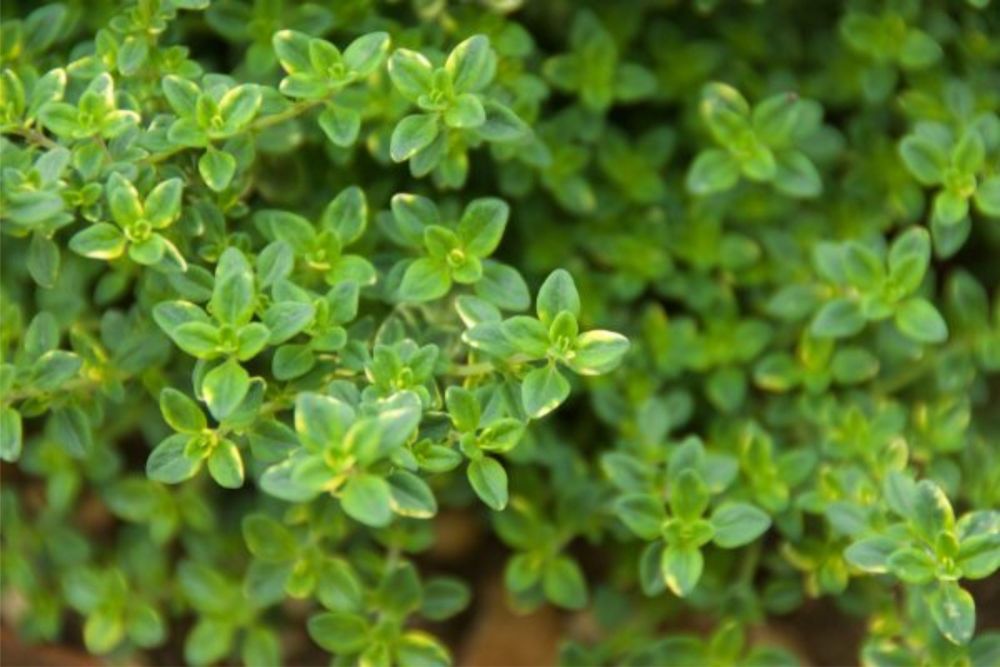


This is helpful around the beds and children’s rooms and anywhere you don’t want to spray toxic insecticides. You can even repel insects inside your home by spraying a solution of homemade thyme tea. It repels insects, making it ideal as a companion plant to vulnerable specimens. The essential oil is strongest in the flowering sprigs, and it is recommended to harvest thyme leaves just before the plant flowers. However, you’ll promote more growth by pinching off sprigs, especially the flowering stems.Īll parts of the plant are edible, although the woody stems of a mature plant are not palatable. Unlike some perennials, the plant won’t die back after flowering.

Once your lemon thyme plant is established, you can harvest sprigs of it at any time of the year. Of these, lemon thyme smells the most like citrus. There are many varieties of thyme, some that creep or trail, some that are sage green, variegated, or golden, and all have a wonderful aroma. Once established, thyme doesn’t like to sit in soggy soil. For guaranteed results, it is easier to start seeds indoors, then transplant them outside once the weather has warmed. Thyme can be grown from seed in the garden but it can take between 2 to 4 weeks to germinate. Lemon Thyme is bushier in nature than many thyme varieties with pretty lilac flowers that bloom in late spring or early summer.


 0 kommentar(er)
0 kommentar(er)
